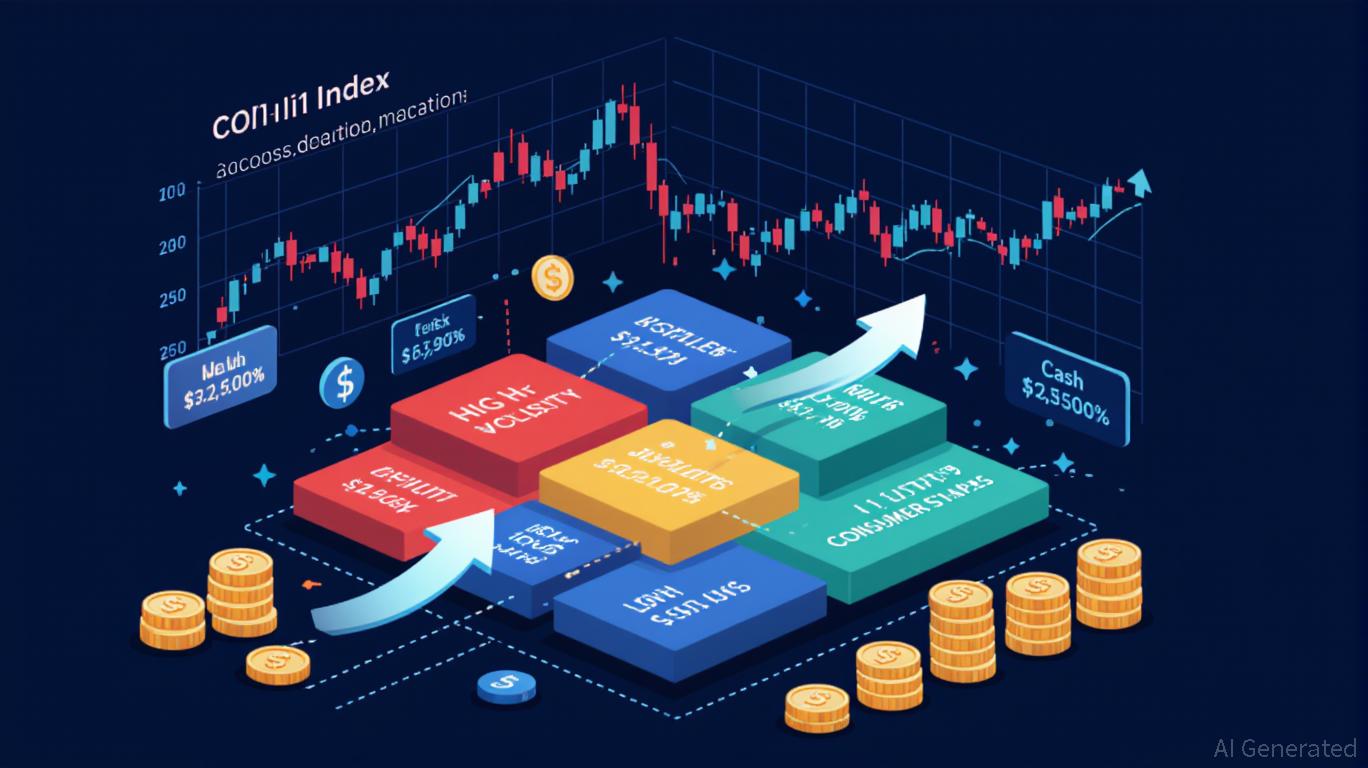How a Query from an Office Supplies Specialist Transformed a $12 Billion Trucking Approach
- A non-trucking board member's question prompted Ryder System to shift focus from leasing to targeting 80-85% of companies owning their own trucks. - The strategic pivot aligns with growing demand in long-haul freight driven by e-commerce, trade agreements, and tech innovations like IoT fleet management. - Industry consolidation and sustainability trends, including electric trucks, are reshaping competition as firms expand specialized services like temperature-controlled logistics. - Ryder's experience hi
Transformative Strategy at Ryder System
During a pivotal board meeting, the CEO of Ryder System—a leading transportation and supply chain management firm with $12 billion in annual revenue—shared a strategic revelation that fundamentally changed the company’s direction in the trucking sector. The turning point came when a board member, whose background was in office supplies rather than trucking, posed a simple yet profound question. This inquiry exposed a significant oversight in Ryder’s traditional focus on leasing and rental services.
At that time, Ryder commanded between 35% and 40% of the truck leasing market. However, this segment accounted for just 15% to 20% of all trucks operating on the roads.

The board member asked, “Why not pursue the 80% to 85% of businesses that manage their own fleets?” This question prompted Ryder’s leadership to recognize that most companies preferred to own and maintain their trucks, rather than lease them. This insight led Ryder to embark on a decade-long initiative to serve this largely untapped market, significantly broadening its business scope.
Adapting to Industry Trends
This strategic shift mirrored broader changes in the long-haul freight trucking industry, which is expected to expand as global commerce, online retail, and industrial growth fuel demand. According to a 2025 industry outlook from ResearchAndMarkets.com, logistics providers are increasingly leveraging advanced technologies—such as route optimization tools, real-time tracking systems, and IoT-based fleet management—to boost operational efficiency. These technological advancements are vital for overcoming persistent challenges like driver shortages, complex regulations, and fluctuating fuel costs.
Additionally, the report highlights the impact of international trade agreements, including USMCA and RCEP, in strengthening cross-border freight operations. Meanwhile, sustainability efforts—such as the adoption of electric and alternative-fuel vehicles—are gaining traction, particularly in North America and Europe.
Industry Consolidation and Specialized Services
The trucking sector is also experiencing increased consolidation, with major players acquiring smaller firms to enhance their capabilities and expand service offerings. This trend aligns with Ryder’s post-2013 approach, which emphasized diversification beyond its core leasing business. The market analysis also points to the growing importance of specialized logistics solutions, such as temperature-controlled transportation for sensitive goods like pharmaceuticals and perishables. These niche services demand high levels of reliability and regulatory compliance.
Lessons in Innovation and Adaptability
Ryder’s journey illustrates a crucial lesson for the industry: transformative ideas often arise from fresh, external viewpoints. The CEO’s reflection that the solution seemed “obvious in hindsight” underscores the dangers of organizational complacency. As the global freight trucking landscape continues to evolve, companies must prioritize innovation, workforce development, and sustainable practices to stay ahead, as emphasized by recent market research.
Disclaimer: The content of this article solely reflects the author's opinion and does not represent the platform in any capacity. This article is not intended to serve as a reference for making investment decisions.
You may also like
Ethereum News Update: Avail’s Nexus Bridges Liquidity Across 12 Blockchains, Tackling Fragmentation
- Avail's Nexus Mainnet launches as a cross-chain execution layer unifying liquidity across 12 blockchains including Ethereum and BNB Chain. - The intent-solver architecture automates optimal routing while aggregating liquidity from multiple chains through Avail's data availability layer. - Developers gain simplified cross-chain integration via SDKs and APIs, enabling real-time collateral pools and intent-based trading without managing bridges. - With Solana integration planned and Infinity Blocks roadmap

Ethereum News Update: Ethereum Drives Institutional Transformation with Amundi Tokenizing Major Fund
- Amundi tokenizes a money market fund on Ethereum , signaling institutional adoption of blockchain-based asset management. - Ethereum's upgrades like PeerDAS and Bhutan's $970k ETH staking highlight growing institutional trust in its infrastructure. - CoinShares' $250M Bitcoin Miners ETF and global digital ID initiatives underscore tokenization's role in modernizing finance. - Ethereum's $3,100 price resistance and technical indicators suggest potential for long-term resilience amid scaling improvements.

Hyperliquid News Today: Hyperliquid Adopts Tidewater’s Strategy to Streamline Crypto Risk Management
- Hyperliquid introduces automated downsizing to stabilize HYPE, which dropped 52% from its peak. - Strategy mirrors Tidewater Renewables' capacity management, balancing short-term volatility with long-term stability. - Hyperliquid Strategies DAT plans $300M HYPE buybacks to inject liquidity and institutional-grade risk frameworks. - Market faces $1.89B+ liquidation risks if Bitcoin/Ethereum surge, prompting automated buffers to prevent cascading sell-offs. - Approach reflects growing DeFi adoption of algo
The Unexpected COAI Price Decline: Key Lessons for Investors from the November 2025 Market Turbulence
- COAI Index's 88% November 2025 collapse stemmed from C3.ai governance failures, regulatory ambiguity, and panic-driven herd behavior. - Market psychology amplified losses as investors overreacted to AI sector risks, ignoring fundamentals and triggering liquidity crises. - Diversification, cash reserves, and AI-driven tools helped mitigate risks, emphasizing long-term strategies over speculative hype. - The crisis exposed dangers of overreliance on AI/DeFi narratives, urging disciplined, diversified portf
